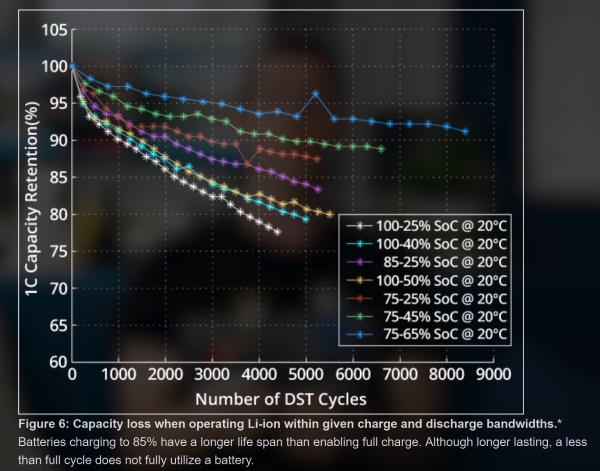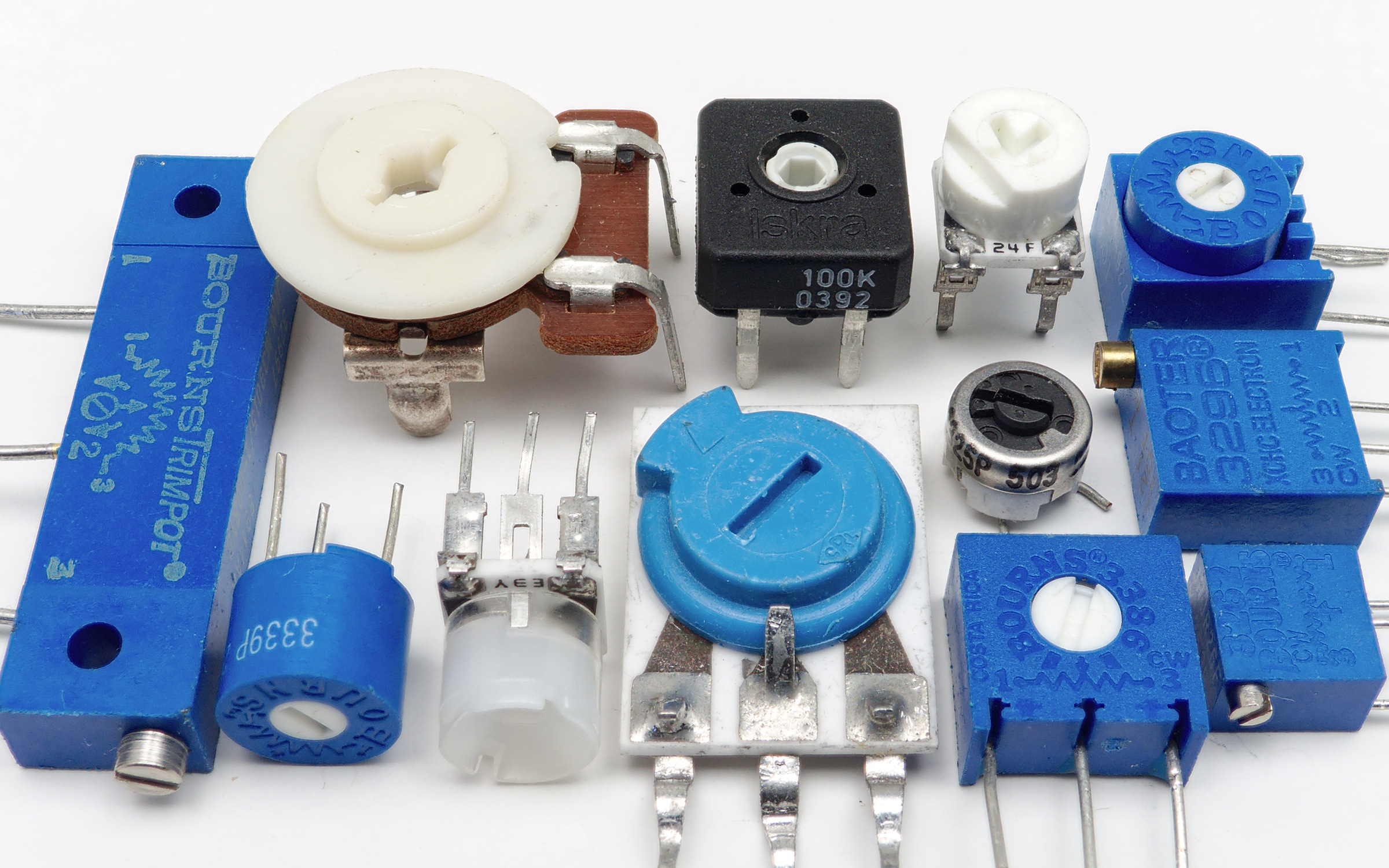omadawn said:
Ok, stopped the charge 29.4 V , as expected the charger still had the red light when disconnected. However after LCD reset it displayed 29,2 V. (Had no idea that could happen)
Motor started at this voltage, so one can presume that at 29.4 it will start as well?
Instead of presuming you can do some actual testing:
-Charge until it reaches 29.4V, then let it rest for one or 2 minutes and note the voltage (the voltage will go down a little, then stabilize, it's normal). Apparently here your stabilized voltage was around 29.2V
-Check if the motor works (apparently it does since you just did that test already)
-Then charge up to 29.5V, let it rest, note whatever voltage it stabilizes to after 2 minutes,
-Check if the motor spins. If it doesn't then you know that 29.2 Volts was your actual maximum limit. If it does spin, then continue to go slightly higher (29.6, 29.7, etc) until you find our what the actual limit is.
But actually, if you care about making your battery last longer, it is better to slightly undercharge it, so you might want to stick with something between 29 and 29.4V if this works fine already. It won't make much difference in terms of range, but it will make your cells live a longer life.
In which case, try to find a new charger rated at 29Volts and similar charge current, I don't think you can tweak your current charger easily. It is for sure doable (I did it on my motorbike charger in order to limit the max voltage, using a carefully calculated zener diode), but it would need you to open the charger, find out how it works and solder stuff inside, which is not very beginner friendly.

So first, make those tests in order to make 100% sure that the problem is actually indeed a controller max voltage limit (but that's almost 100% sure it is the case if you want my opinion, the symptoms you described over those 4 pages all point into that direction), and once sure, buy a new charger.




